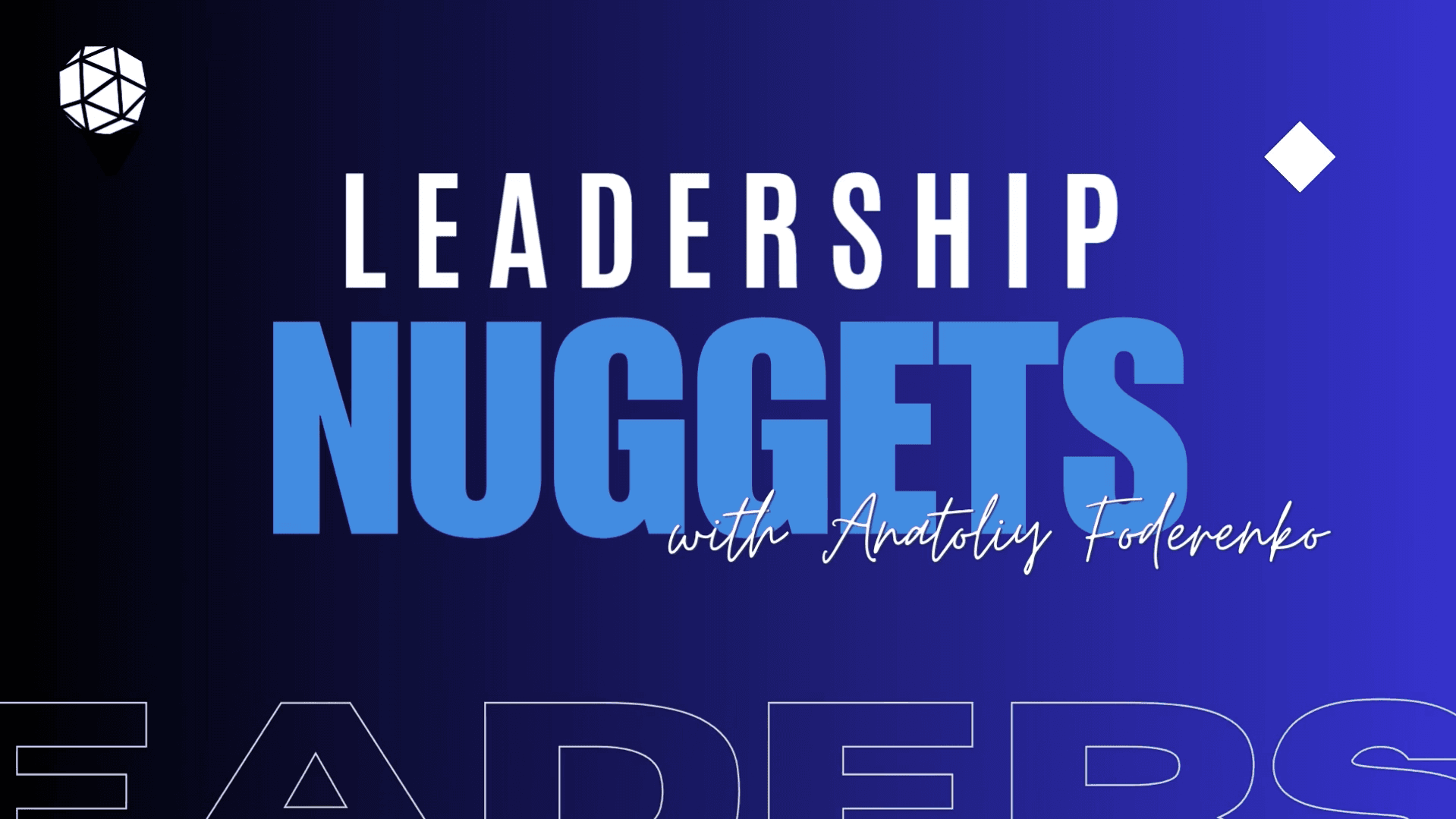Tough Love Needn’t Be So Tough

Hitting that sweet spot between task-based and relational leadership
Ever since Bill Milliken coined the phrase ‘tough love’ in his 1968 book of the same name, the phrase has largely been associated with the science of parenting.
While it may seem crass and patronising to compare your employees to children in this way, there are of course certain principles of parenting and leadership that do tide over. Differing styles will see different results depending on the company culture and even from employee to employee.
Fine-tuning the balance between being a strict disciplinarian and being overly nonchalant and happy-go-lucky is essential in any leader finding the sweet spot of ‘tough love’.
Remember that both words require the same amount of attention – you must be as ‘tough’ as you are ‘loving’ in order to reap the rewards. To locate the crucial midpoint, we must go back and use the parental metaphor once more.
Finding the authoritative you
In psychological terms, there are two styles of parenting that fall under the umbrella of ‘tough love’ and the overlap of how these can be brought into the workplace environment is there for all to see. The key is to build up a culture that is authoritative in nature rather than authoritarian; that is that parameters are set without killing off imagination and self-confidence.
The employee must understand that your feedback is constructive criticism as opposed to morale-diminishing strictness. Nothing is harder than working for somebody whom you feel revels in putting down your ideas and destroying your self-confidence to build themselves up more. Anybody can handle criticism, however, if they know that it is designed to encourage and improve their work.
A 2010 study in the United States found that employees spent nearly 20 hours a week worrying about “something a boss said or did”. Many employers would take this to demonstrate that they should be overly cautious about their approach and choose their words carefully.
However, an authoritative leader understands that building the right culture of respect and continuous improvement will garner the desired results without needing to overthink their methods.
An authoritarian leader merely marches, head down, towards a precise goal, without much care for meaningful participation from others and often using punishment as an effective method of control.
Unfortunately, far too many leaders in today’s fast-paced marketplace feel that they have no time for a lack of productivity and too often subconsciously slip into an authoritarian role that damages employee happiness rates significantly.
On the opposite end of the spectrum, however, a new set of problems arises. We have all either worked for, or seen, that member of senior management that confuses likability with respect and treats those below them as friends rather than work partners.
While this can be excellent for creating a positive atmosphere, it then becomes very difficult to motivate this workforce during a time of increased pressure. Complacency and apathy towards workload can begin to sink in for an employee that becomes demotivated by a leader giving them too much rope.
This is where finding that sweet spot in the middle becomes so important. Remember that it is OK to be strict. Setting parameters and having expectations of your employees does not make you a cold-hearted slave driver.
If your criticisms and, in the most extreme examples, disciplinary actions are consistent and reasonable, it should always have the desired effect of motivating the employee towards self-improvement.
It is also human nature to want to be liked, however, and no leader wants to feel as though they have lost the respect of their workforce in a cold and austere working environment.
Many leaders find their roles difficult to handle at first, worrying that they are toeing one of the two extremes of the strictness curve. That balancing act can takes years to perfect, but is always a worthy feather to any leader’s cap.
Cultural extremes around the world
Applying to more than just corporate cultures, different cultures around the world have their differing leadership styles which naturally lends itself to a difference in approach when dealing with employees.
In many business matters, German leaders have a reputation for drawing maximum productivity from their workforce. However, a study conducted by Information Factory and Personalwirtschaft show that German leaders somewhat lack relatability to their employees.
The data shows that 46% of employees report not getting regular feedback from their superiors, while 75% of managers believe they convey enthusiasm – a sentiment shared by only 36% of their staff.
Clearly this surprising lack of support indicates that German companies prefer an authoritarian approach, although their harsh leadership style does not appear to affect their corporation’s productivity and development.
In Sweden, meanwhile, corporate law mandates that important decisions must be made with all employees before any kind of implementation occurs. This democratic style has led to some of the highest employee satisfaction rates of any nation.
The ‘Swedish management style’ has become a fabled beast and many companies around the world are now trying to recreate it, with an informal and relaxed office atmosphere that finds no time for office politics and unnecessary bureaucracy.
Horses for courses and no two corporate cultures are alike. From employee to employee, company to company, industry to industry and nation to nation, there are no sets rules for the employer-employee relationship. Find your own midpoint for tough love and create your own culture.
Leadership








